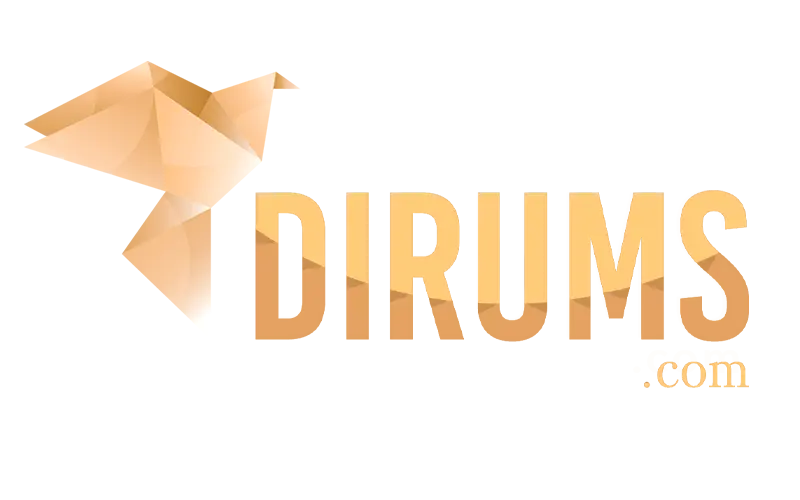Wildlife Paintings
Table Decor
Painting for Living Room
Religious Paintings
/media/Add%20a%20heading%20%282%291711684552760.jpg)
Sohrai Art: Bridging Tradition And Modernity
The ancient tribal paintings known as Sohrai are based on themes of nature, such as forests, people, and animals. Tribal women use natural materials like charcoal and various tones of clay to create the artworks. Hazaribagh, Jharkhand, and the surrounding states are home to tribes that have been practicing Sohrai art for generations. The Mundari word "Soroi," which means "to whip with a stick," is the source of the word "Sohrai." Stick-whacking is connected with cattle. These tribes relied largely on domesticated animals for their food, livelihood, and agriculture. They take immense joy in celebrating the Sohrai festival each year. Additionally, people give thanks to the gods and their cattle on this occasion as they celebrate the harvest. The event would not be complete without Sohrai art when the Adivasi women paint on the walls of their houses made up of mud to celebrate the bountiful harvest and the wealth of nature.
The Significance of Sohrai Art
The art form is passed down through the generations and is essential in preserving the tribe's identity and traditions. There is also a belief that the artwork will enhance the luck and prosperity of the home. Typically, Sohrai paintings depict rural life and customs. The paintings depict scenes from everyday life, such as women grinding wheat, farmers plowing the fields, and children playing in the hamlet. The legendary stories and traditional beliefs of the tribe are also depicted in the artwork. In addition to facilitating artistic expression, Sohrai art of Jharkhand also helps to preserve the rich cultural heritage of the area.
The process of creating Sohrai paintings
Artists often start by painting a wall or canvas with a smooth base coat. To plan the composition and proportion, they sketch the basic shapes of the design using chalk or a light pencil. Natural colors, which are sourced from plants, minerals, and organic elements, are mixed with binders or water to create colorful shades. The background is added first, then minute details and patterns as the picture is developed layer by layer. Painters use minute details with smaller brushes, focusing on accuracy to give the artwork weight and depth. Final touches, such as traditional motifs or metallic accents, can be added to emphasize particular areas of the painting before it is finished with a protective varnish, to make the painting durable for a longer time.
The growth in popularity of Sohrai
Even now, Sohrai paintings are still extremely valuable, not only in Jharkhand but also growing more and more well-known throughout the nation. Modern artists have adapted Sohrai creation to address issues of social justice, environmental preservation, and cultural identity, even if it still heavily draws from traditional techniques and patterns. Programs managed by NGOs, government organizations, and art institutions have also contributed to the promotion and preservation of Sohrai paintings; these initiatives give artists access to markets, chances for exhibitions, and training programs. Technology and social media have offered Sohrai artists new venues to exhibit their work and interact with a larger audience, ensuring the continued relevance and admiration of this vibrant art form in the contemporary era. When it comes to applying Sohrai paintings on the walls of houses built under the Pradhan Mantri Shahri Awas Yojana, Jharkhand has taken the lead. Simultaneous to this, the Ministry of Railways announced that Sohrai would be painted on trains leaving Jharkhand as well like the walls of the stations have been attractively painted.
In 2020 Sohrai received the GI tag
The Indian government designated the Sohrai-Khovar paintings as a Geographical Indication in 2020 in an effort to preserve the artwork in its original form. Geographical Identification (GI) is defined as "a guarantee of quality and uniqueness which is principally attributable to the fact of its origin in that defined geographical locality, region, or country".
In summary, Jharkhand, India's tribal community has a rich cultural heritage and creativity that is celebrated in the Sohrai paintings. Even though these paintings have a solid conventional foundation, they have evolved to use modern subjects and methods, which makes them still relevant today. The importance of this vibrant art form has been further reinforced by the new platforms for expression and visibility that Sohrai artists have discovered as a result of the development of online platforms like Dirums and the ongoing support of many stakeholders. Since Sohrai paintings continue to captivate audiences both domestically and abroad, they serve as a powerful reminder of the enduring tradition of indigenous art and its ability to transcend time and place.
Abhishek
1.230x viewSign up for our newsletter
Stay up to date with the roadmap progress, announcements and exclusive discounts feel free to sign up with your email.




